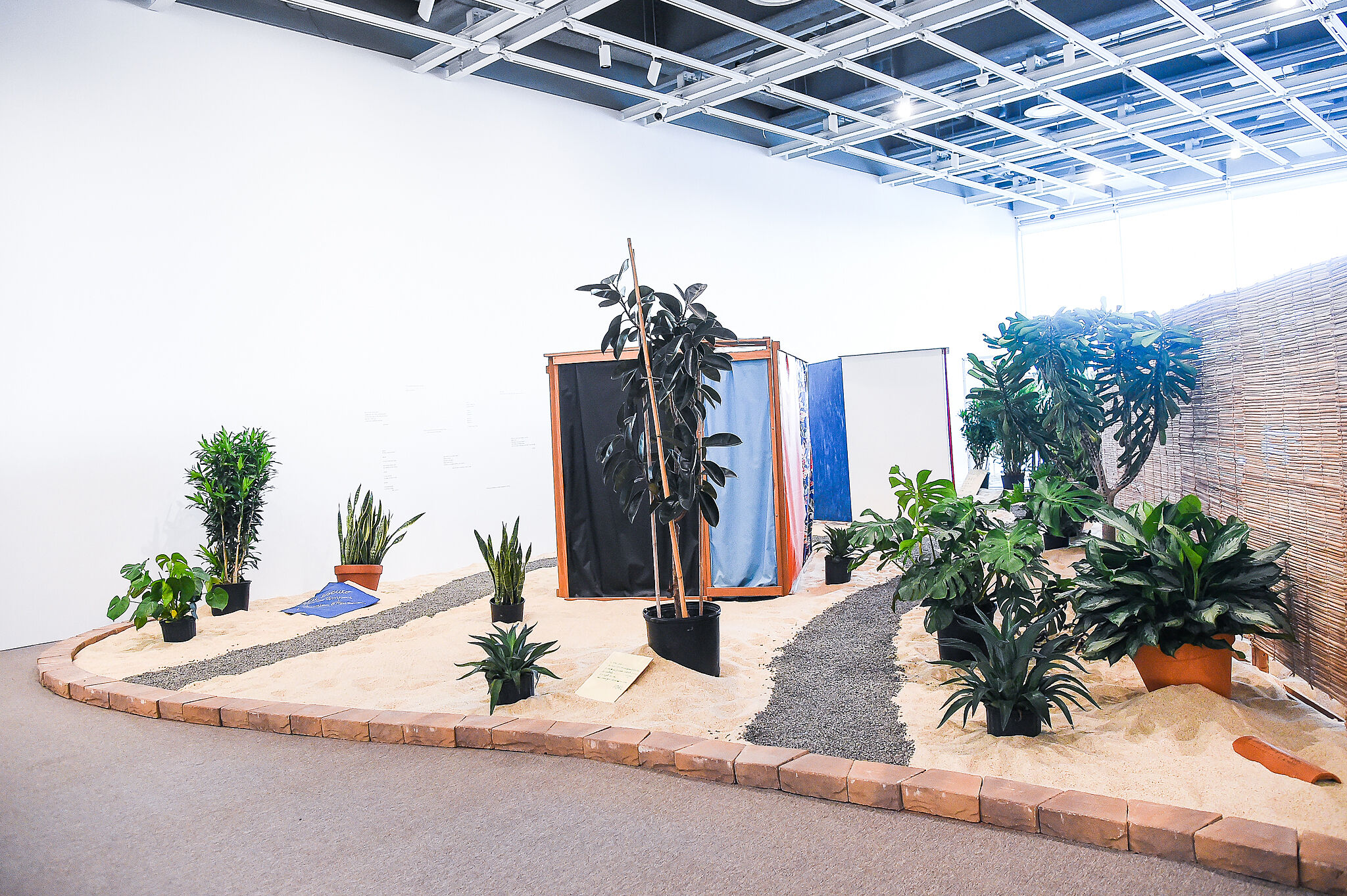Hélio Oiticica, Introduction
July 14, 2017
0:00
Hélio Oiticica, Introduction
0:00
Narrator: Hello! In this exhibition, we’ll be looking at the work of Hélio Oiticica— well, a lot of the time we’ll do more than just look at it. We’ll be invited to enter it, play it, and even wear it. That’s what the dancers in the film projected near the entrance are doing. They’re dressed in Oiticica’s Parangolés—capes he made as a kind of wearable sculpture, completed by human action. As you move into the first gallery, you’ll see that Oiticica began as a painter and sculptor. But very quickly, he shifted his focus away from art made primarily for the eye. He wanted us to participate in his art.
Oiticica was born in Rio de Janeiro, Brazil, in 1937. He lived and worked there until 1969, when—after some time in London—he moved to New York. He and his friends had been critical of the oppressive Brazilian military dictatorship, and for a time went into exile. Oiticica lived in New York for most of the 1970s. During this time he made some of his most radical work. This exhibition is the first to provide an in-depth look Oiticica’s years in New York.
We’ll begin our story earlier, though—in the 1950s and early 60s, before the military coup. We’ll start with the framed works on the back wall of the gallery.

